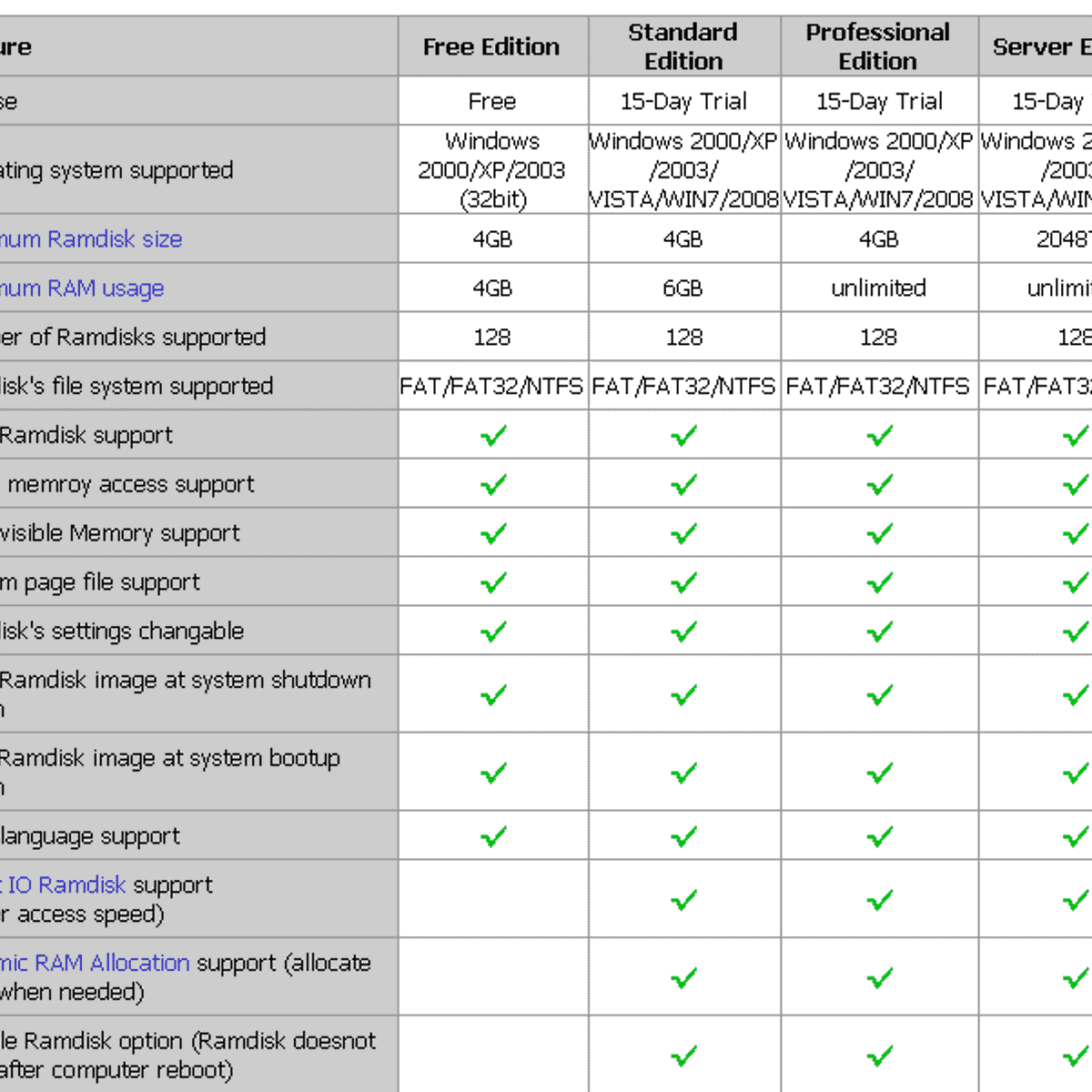The link says ramdisk is present (along with the kernel) in /boot stack exchange network stack exchange network consists of 174 q&a communities including stack overflow , the largest, most trusted online community for developers to learn, share their knowledge, and build their careers.. Try taking a dd image of all your internal partitions and use some scripts like those included with android kitchen on xda forums. your recovery and boot partitions will both have a ram disk but odds are you want to modify the init.rc in the boot.img not recovery, unless you only want the changes present in recovery mode.. Typical android system implementing fastboot (this includes firefoxos devices) uses so called boot.img images to run the kernel. it consist of the kernel itself and a ramdisk that it used to populate root (/) filesystem. because it’s often useful to edit this filesystem (especially to modify /default.prop file), let’s look how we can manipulate this image..
The ramdisk.img included in the google android sdk is a gzipped ramdisk.cpio file. here is the steps: upload the ramdisk.img to your linux machine; change the ramdisk.img name to ramdisk.cpio.gz, and extract it by: # gzip -d ramdisk.cpio.gz; create a temporary folder, say tmp, copy ramdisk.cpio to tmp folder. How to unpack and edit boot.img for rom porting? you will need adb (android debug bridge, a shell utility allowing to communicate with android's debug subsystem), the goal here is to create a new ram disk file with properties as close as possible to the original one (for instance, setting the owner seems often missing in the procedures. This article explains how to use the android device manager to edit the profile properties of an android virtual device. disk.ramdisk.path: ramdisk path – path to the boot partition (ramdisk) image. the ramdisk image is a subset of the system image that is loaded by the kernel before the system image is mounted. the ramdisk image.

0 comments:
Post a Comment
Note: Only a member of this blog may post a comment.